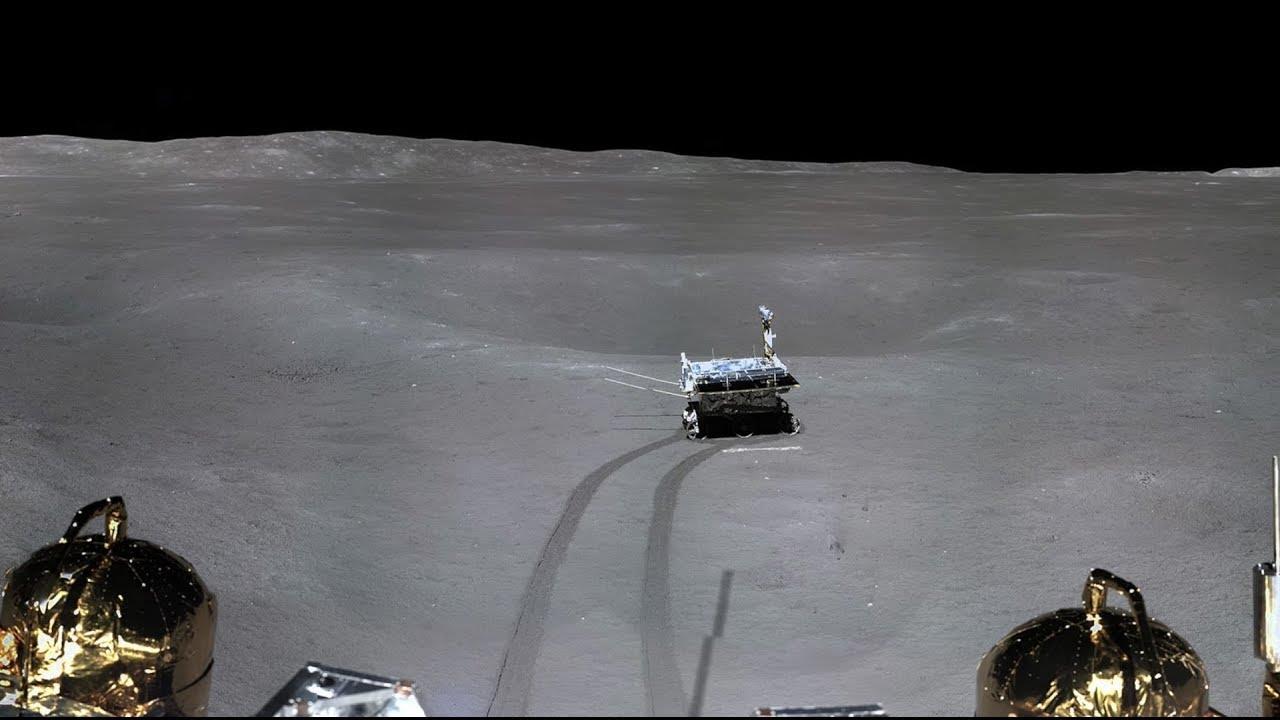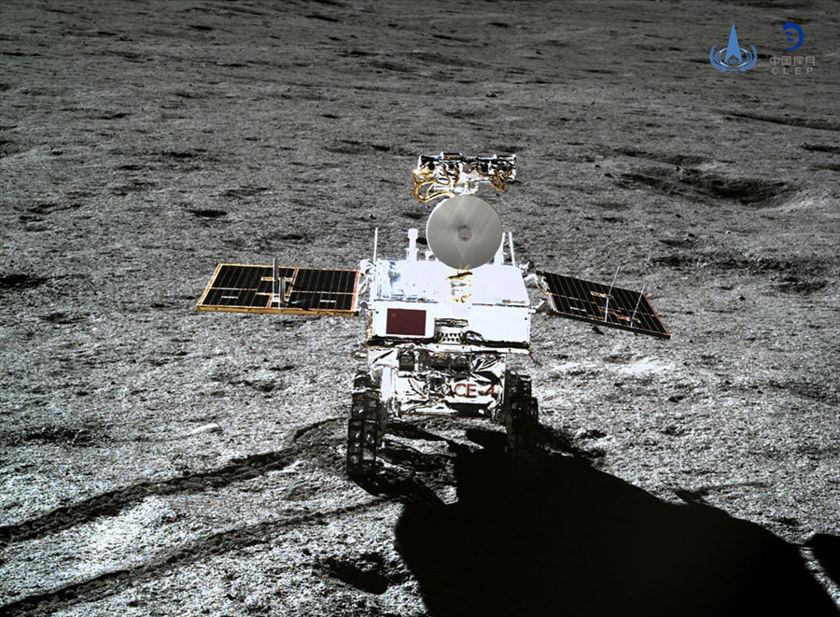BEIJING, Jan. 14 (Xinhua) -- China's second lunar rover Yutu-2 (Jade Rabbit-2), which is also the first-ever rover to drive on the moon's far side, will face great challenges brought by complicated terrains in its future exploration, Chinese space experts said Monday.
The Chang'e-4 probe, including a lander and a rover, touched down on the Von Karman Crater in the South Pole-Aitken (SPA) Basin on the far side of the moon on Jan. 3, with the rover driving onto the lunar surface late that night.
"From the images sent back from Chang'e-4, we can see the area surrounding the probe is dotted with craters of different sizes, and it's very difficult for the rover to drive in the region," Sun Zezhou, chief designer of the Chang'e-4 probe, said at a press conference of the State Council Information Office Monday.
"We'll try to find the relatively safe areas and make a reasonable plan for the route of the rover based on the images taken by it," Sun said.
The rover is capable of avoiding some obstacles. If there are obstacles in front of it, it can stop and plan a new route on its own. It can also climb some slopes and cross some rocks. "We haven't found any insurmountable obstacle in the region," Sun said.
He said the Chang'e-4 probe has achieved the expected landing precision. The telemetry information and images taken by a camera on the probe showed that the spacecraft effectively avoided obstacles during its descent.
The probe has started its scientific exploration, focusing on studying the terrains and landforms, lunar environment, and substances composition, said Wu Weiren, chief designer of China's lunar program.
"This is the first-ever exploration on the surface of the far side of the moon. The scientific research will be innovative and influential both at home and abroad," Wu said.







